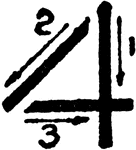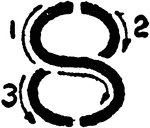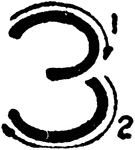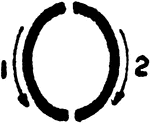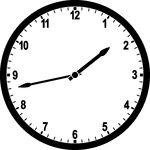M1 Garand Rifle
The M1 Garand (officially the United States Rifle, Caliber .30, M1) was the first semi-automatic rifle…
Browning Automatic Rifle
The M1 Garand (officially the United States Rifle, Caliber .30, M1) was the first semi-automatic rifle…

Backgammon Board
"Backgammon, a game played by two persons upon a table or board made for the purpose, with pieces or…
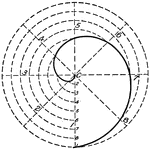
Draw Spiral of Archimedes
"Divide the circumference into a number of equal parts, drawing the radii and numbering the points.…
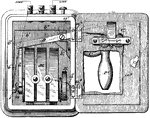
Placing a Phone Call
A typical phone call, traditionally, is placed by picking the phone handset up off the base and holding…

General Purpose Index
An alphabetical listing of names and topics along with page numbers where they are discussed
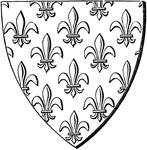
Shield Semée
"When several charges appear in one shield, the number in each row is generally indicated - as, 'three,…
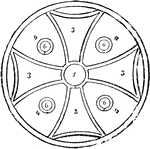
Design for Carpet Bedding
Carpet bedding is a mode of gardening. The numbers indicate the way different colors should be arranged.

Branch of Sweet Gum with Female and Male Flowers
Sweet gum is the common name of liquidambar styraciflua. The number 1 represents the female flower.…
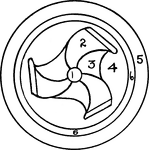
Oriental Pattern Bedding
The numbers represent different plants in this oriental pattern bedding. (1) white geranium, (2) Calendula…

French Border Pattern Bedding
The numbers represent different plants in the French border pattern bedding. (1) marquerite, (2) coleus,…
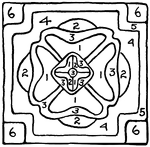
Tudor Rose Pattern Bedding
The numbers represent the different plants in the Tudor rose pattern bedding. (1) scarlet begonia, (2)…

English Border Pattern Bedding
Pictured is an English border pattern from the eighteenth century. The numbers represent different plants.…
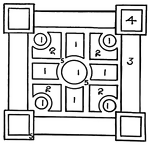
Italian Pattern Bedding
Pictured is an Italian pattern of bedding, the numbers representing different plants. (1) orange king,…

Completed Plan
Pictured is a completed plan ready for execution. It was developed from a sketch plan. The numbers refer…

Circuit Breaker
Image of a Westinghouse circuit breaker. Around the time of the publication of the book (1901), large…

Mule & Hinny
A mule is a member of the horse family. A mule is a cross between a male donkey and a female horse,…

Riley Locust-Catcher
One of the best known machines of its type, the Riley Locust-Catcher was employed to exterminate mass…

Lemming
A lemming is a small, yellowish-brown rodent, closely related to the vole, and belonging to the genus…
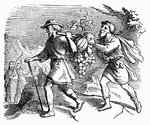
Return of the Spies Sent to Canaan
"And they came unto the valley of Eshcol, and cut down from thence a branch with one cluster of grapes,…
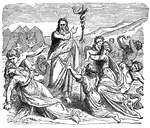
Moses and the Serpent of Brass
"And Jehovah said unto Moses, Make thee a fiery serpent, and set it upon a standard: and it shall come…
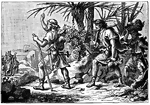
Joshua and Caleb Return from Canaan with the Other Spies
"And they came unto the valley of Eshcol, and cut down from thence a branch with one cluster of grapes,…
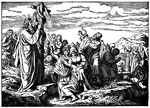
The Brazen Serpent and the Healing of the Israelites
"And Jehovah sent fiery serpents among the people, and they bit the people; and much people of Israel…
